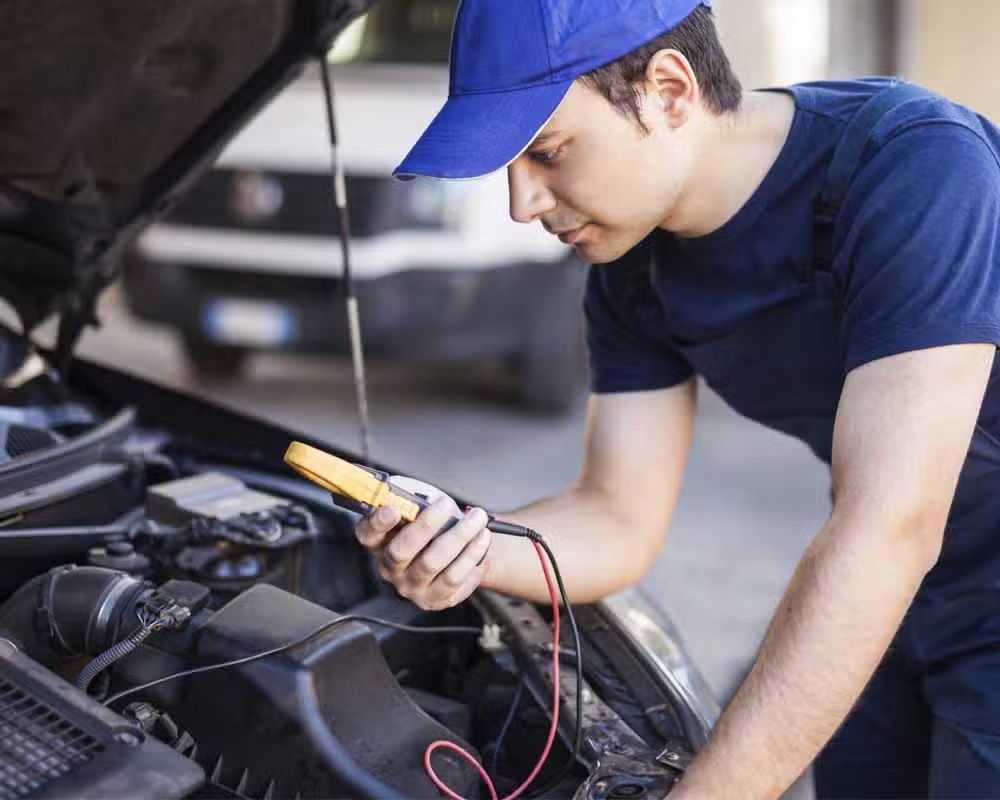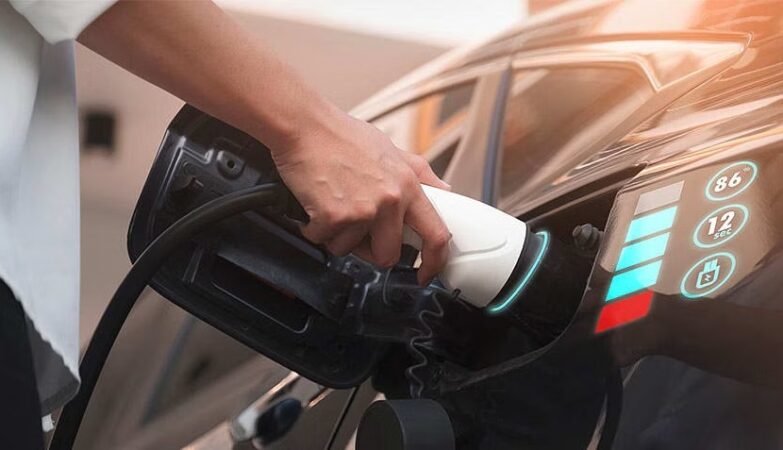Airbags in car door panels play a crucial safety role. They protect passengers during side impacts by deploying instantly. Servicing door panels must include checks to keep airbags ready and reliable. Improper handling can affect airbag deployment and compromise safety. Professional service centers offer tiered inspections and repairs for airbag systems. These tiers guide clients through different levels of care. This article explains safety steps taken during servicing to protect airbag integrity.
Basic Inspection of Airbag Components
The first service tier focuses on a visual inspection of door panel airbags. Technicians check the airbag housing for damage or loose fittings. They ensure no objects block the airbag deployment path inside the panel. Clients opting for this basic level prevent common issues like blocked or jammed airbags. This simple check reduces risk by catching obvious problems early. Maintaining a clear deployment path by the Auto Repair in Cincinnati, OH is vital for airbag function. Basic inspection helps ensure airbags remain effective in an emergency.
Detailed Electrical System Checks
The second tier adds electrical diagnostics to the inspection process. Technicians test airbag wiring harnesses inside the door panel for continuity and damage. They use specialized tools to read fault codes stored in the vehicle’s safety computer. Clients with warning lights or older vehicles benefit from this detailed level. Early detection of electrical issues prevents failure during deployment. Proper wiring ensures the airbag receives the signal to deploy instantly when needed. This service tier protects passenger safety by ensuring system readiness.
Airbag Module Testing and Resetting
The third tier includes testing the airbag module for proper function. Technicians verify that sensors and inflators respond correctly to impact signals. After repairs or panel removal, resetting the airbag control unit is often necessary. Clients who have had collision repairs or door panel replacements select this service. Testing confirms that the airbag will deploy only when appropriate. Resetting clears error codes and readies the system for future use. This step is crucial for reliable airbag operation and occupant protection.
Component Replacement and Recalibration
The fourth tier involves replacing damaged or expired airbag components. Technicians install new airbag modules, sensors, or wiring parts if required. Recalibration of sensors and control units follows to ensure accuracy. Clients with collision damage or old airbags choose this comprehensive level. Replacement guarantees airbags meet factory safety standards. Recalibration aligns sensors with the vehicle’s safety system for proper deployment timing. This service level restores full airbag functionality and passenger safety assurance.
Comprehensive Airbag System Maintenance Plans
The highest service tier offers ongoing maintenance plans covering all inspections, testing, replacement, and recalibration needs. Clients receive scheduled servicing to keep airbag systems in perfect condition. This proactive approach minimizes the chance of system failure during an accident. Priority service and warranty options may also be included. Clients valuing maximum safety select this tier for long-term peace of mind. Regular professional servicing ensures airbags protect as intended at all times.
Airbag deployment integrity is a critical aspect of door panel servicing. Basic inspection prevents physical blockage or damage. Electrical system checks catch wiring faults and warning indicators. Testing and resetting airbag modules confirm readiness after repairs. Replacement and recalibration restore full factory safety performance. Comprehensive maintenance plans provide continuous protection through regular care. Tiered service levels allow clients to choose safety measures tailored to their vehicle and needs. Skilled technicians follow strict procedures to maintain airbag reliability. Proper servicing safeguards passenger safety by keeping airbags ready to save lives.







